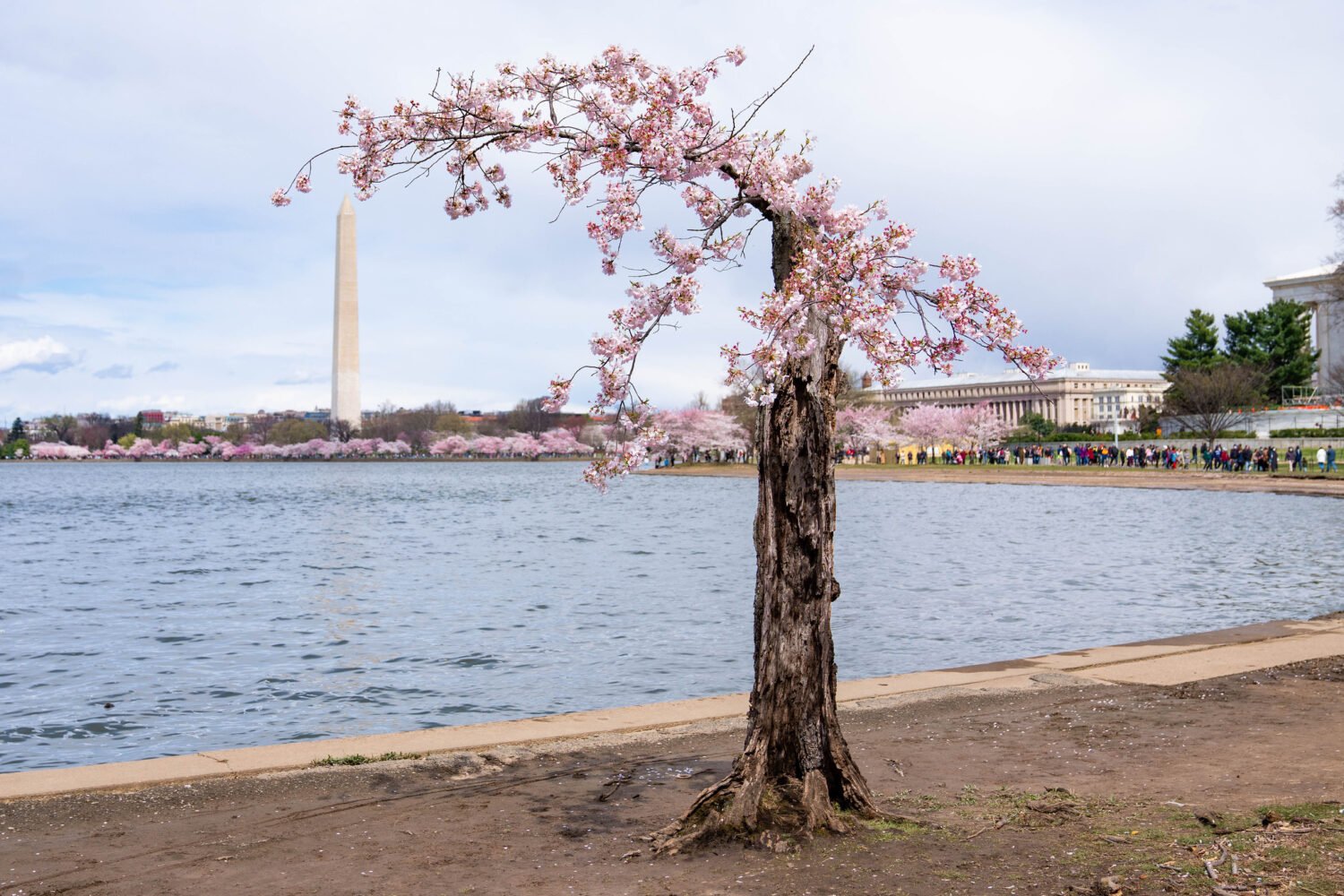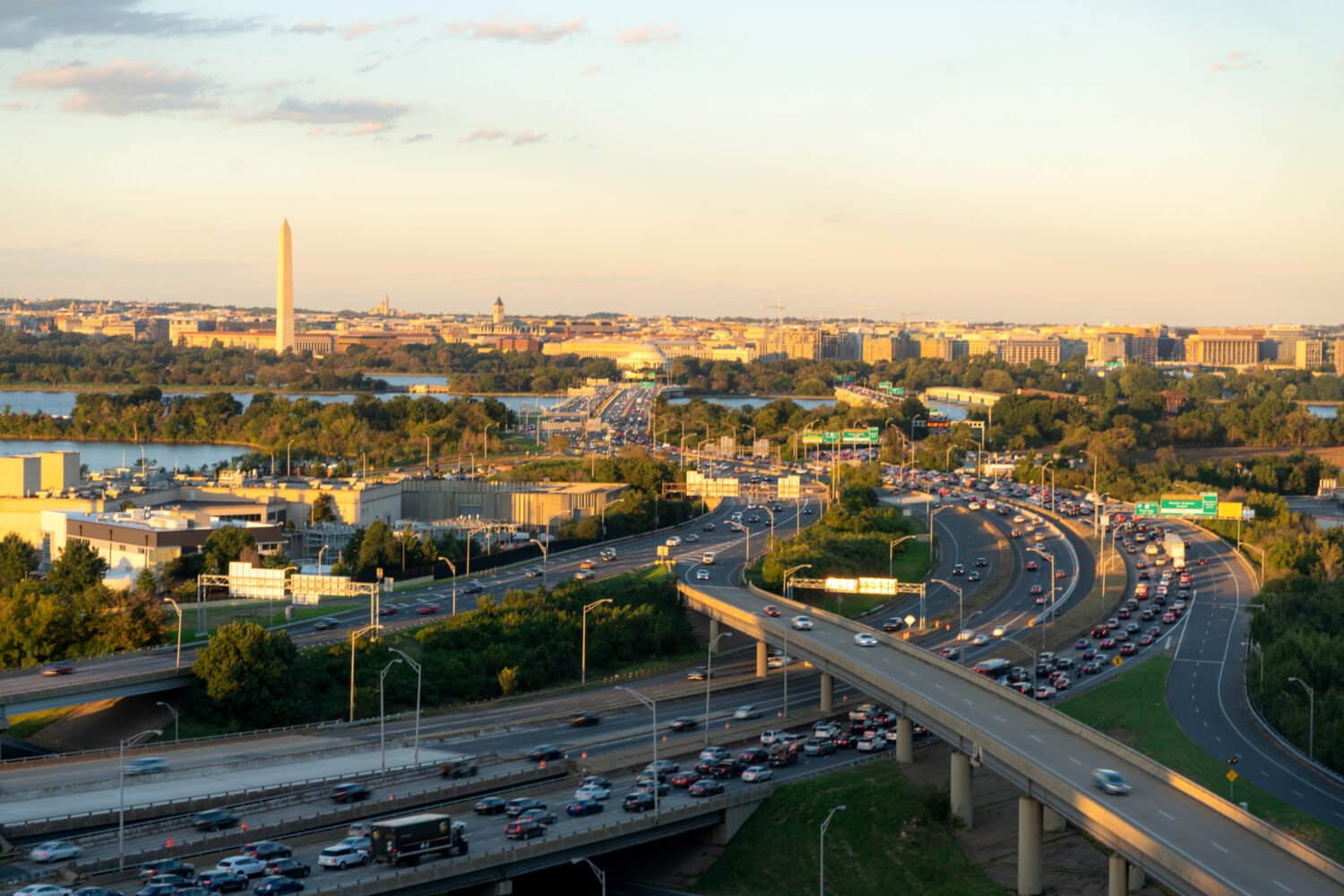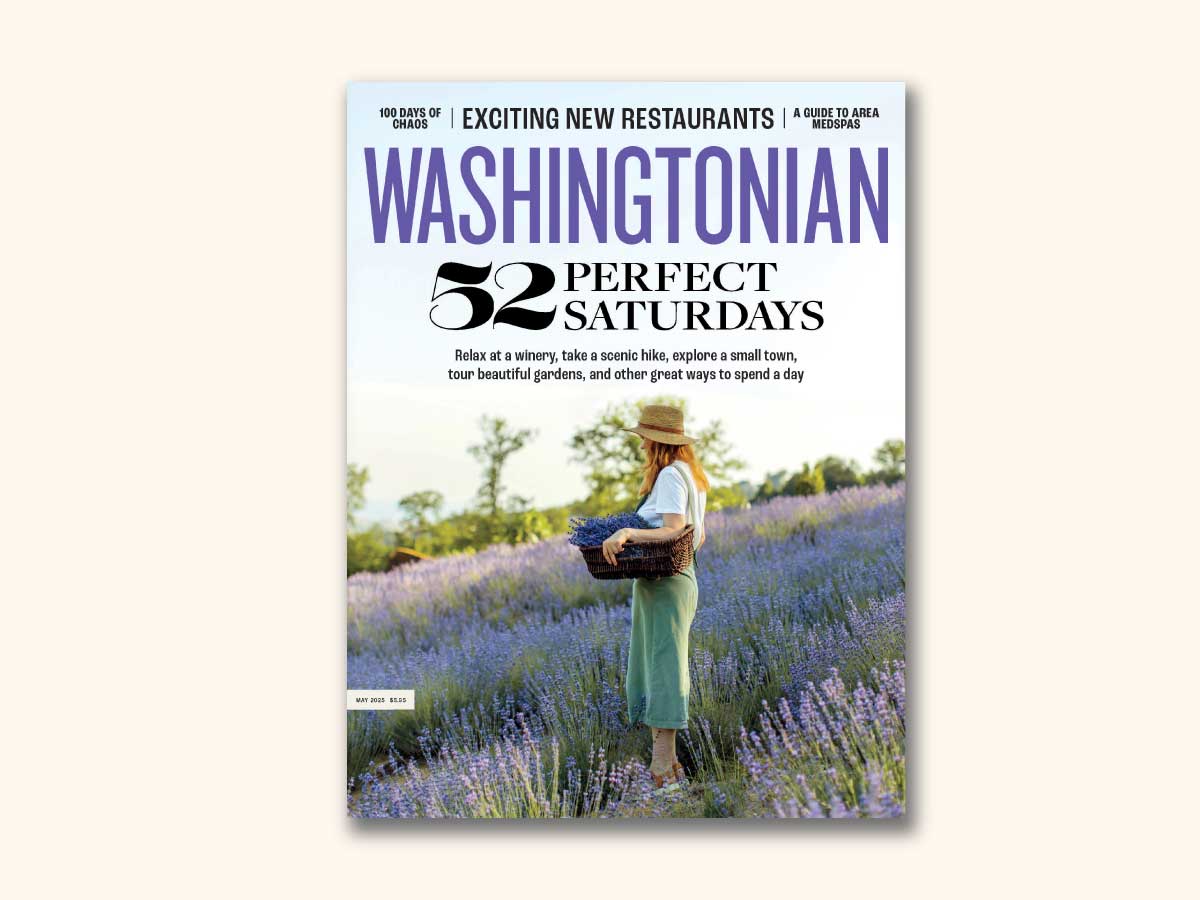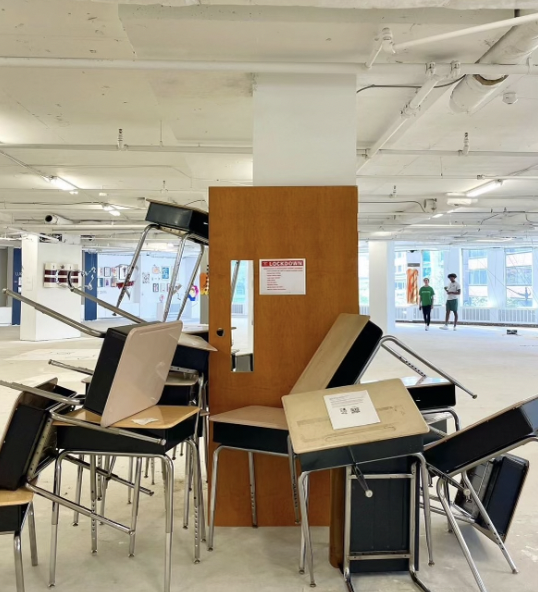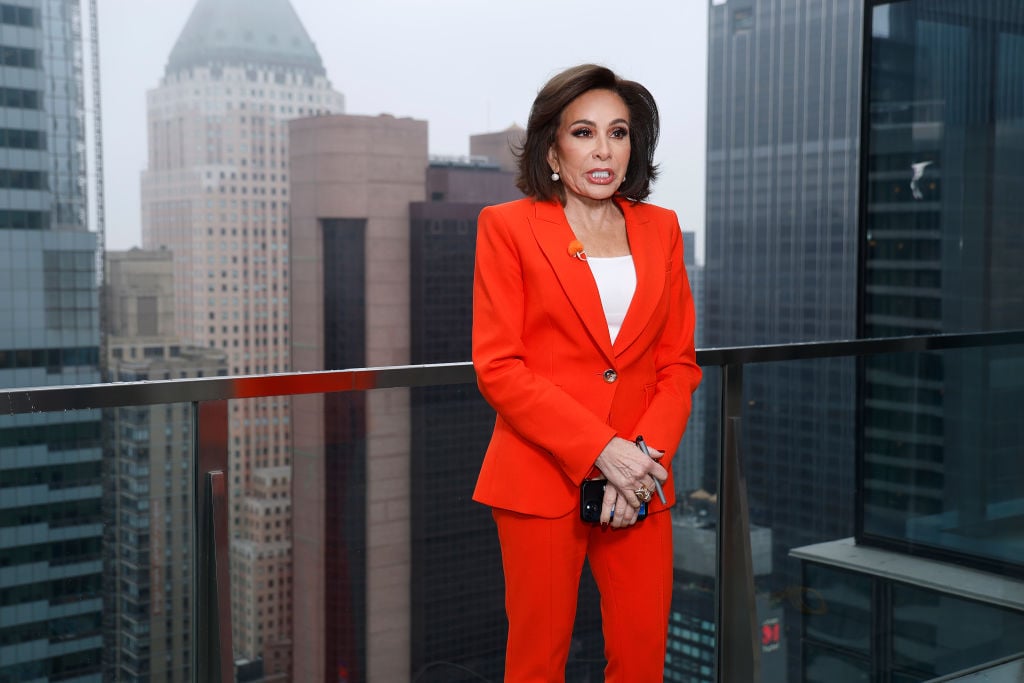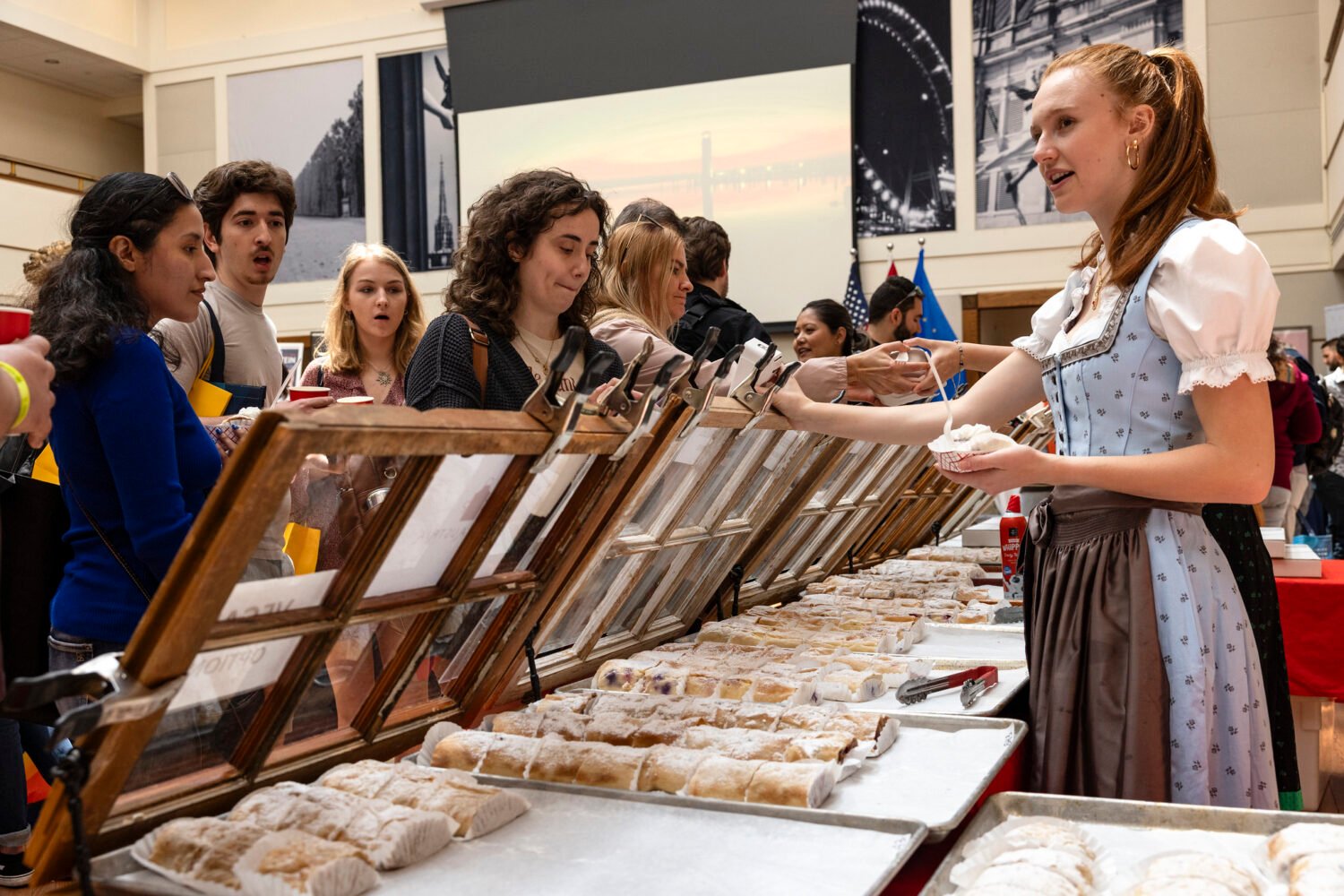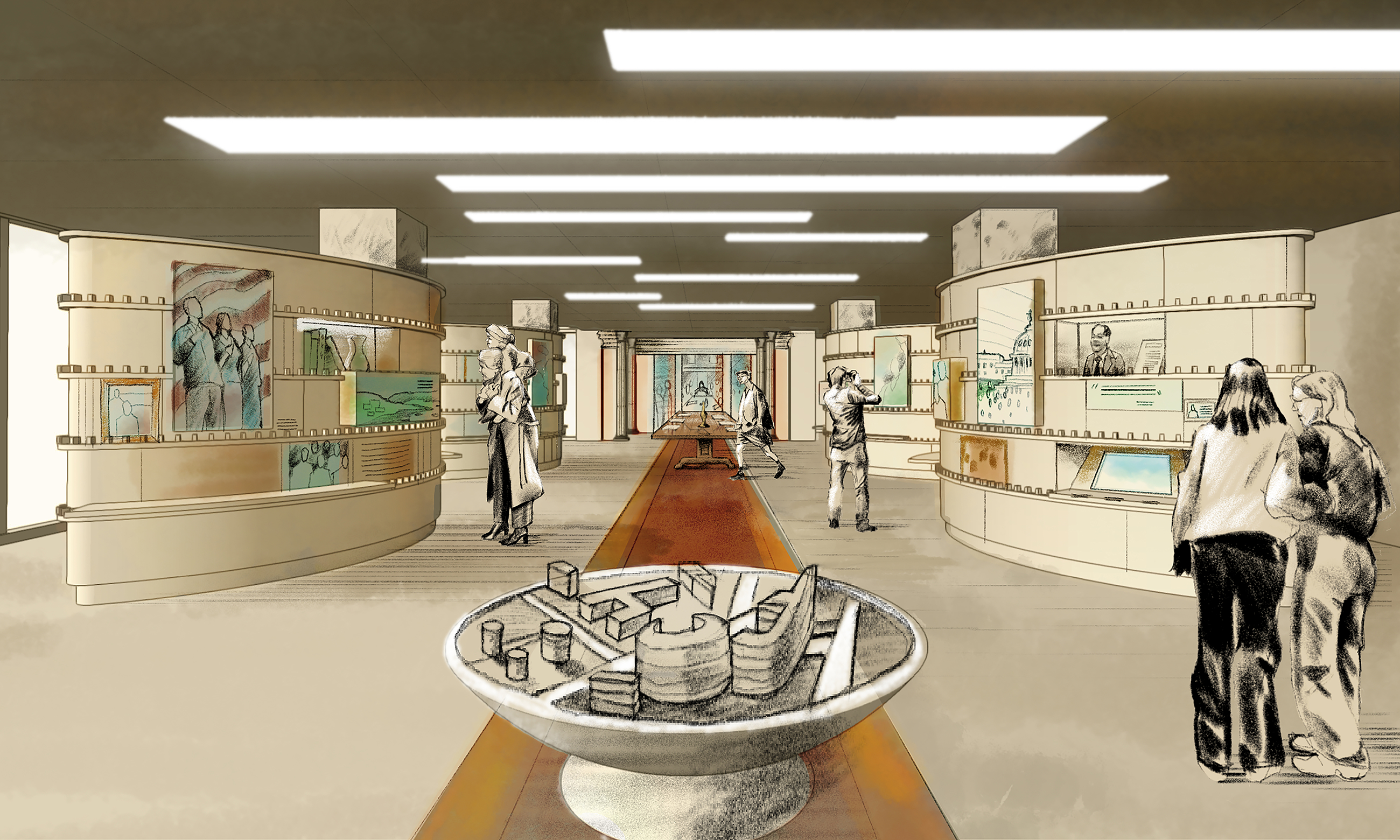Frank Smith was the driving force behind DC’s new African American Civil War Museum. Photograph by James Kegley
For as long as he can remember, Frank Smith has been on a mission.
A first-generation college student who grew up on a Georgia peach plantation, he skipped classes at Morehouse College in Atlanta in the early 1960s to organize civil-rights demonstrations in Georgia and Mississippi. As an adult in DC, Smith tried to help underdogs, particularly poor people with housing problems. For 16 years, he used his position on the DC Council as his bully pulpit.
Now, at age 68, Smith has reached a milestone in a 20-year push to bring the role of blacks in the Civil War to a more prominent place in history with the official opening of the African American Civil War Museum this summer.
Smith’s museum, near the intersection of Vermont Avenue and U Street, Northwest, is the only one in the country focused solely on the role of blacks as soldiers and sailors in the Civil War. It’s across the street from the African American Civil War Memorial, an earlier Frank Smith project.
The centerpiece of the memorial is a bronze statue depicting three black Union soldiers and one sailor. The statue is surrounded by a semicircular Wall of Honor with 157 stainless-steel plaques identifying more than 200,000 black veterans. Says Smith: “No one ever bothered to say thank you to these guys, and they helped save this nation.”
President Lincoln said in 1865, “Without the military help of the black freedmen, the war against the South could not have been won.” The Union was losing the war before Lincoln allowed blacks to serve, Smith says. Given the chance, they came forward by the thousands to join the United States Colored Troops (USCT) regiments. Some were free blacks from the North, but most were from slave states. Some were runaway slaves. Others joined the Union forces after Lincoln issued his Emancipation Proclamation. Thirty-seven thousand died in the war.
Smith became interested in this lost chapter of history while he was a student organizing demonstrations in Mississippi. There he met a man who identified himself as the grandson of a slave who had fought for the Union. He showed Smith his grandfather’s uniform and rifle. No one had ever told Smith that blacks had fought in the war.
In 1991, Smith hosted a reunion of about 200 family members from around the country.
“I asked people, ‘What do you want to do while you’re here?’ ” Smith recalls. “They said, ‘Go to the Vietnam Veterans Memorial.’ We were supposed to be there about 2½ hours, and we were there for four,” Smith says. “That’s when I got this idea.”
Smith knew that there had been a camp for runaway slaves—some of whom joined the Union army—within the boundaries of what had become his DC ward. He also knew that one of the ward’s neighborhoods, Shaw, was named for Colonel Robert Shaw, the white Union officer who commanded the Massachusetts 54th USCT regiment. (Blacks weren’t allowed to serve as commanders.) A memorial to the soldiers seemed a natural fit.
The memorial dedication in the summer of 1998 drew nearly 10,000 people. Many brought Civil War–era documents and letters. Some carried badges and medals that had been in their families for generations. The question of where to put these missing pieces of American history echoed through the crowd and brought life to the idea of the African American Civil War Museum.
One day this spring, as Smith and a member of his small staff were finishing work on a display, a few families wandered inside the museum. Smith, who also serves as a docent, gave them a one-hour tour and talk. (Admission is free, but donations are accepted.)
The visitors saw sketches, pictures, and artifacts—chains, shackles, a bill of sale—from the slave trade and auctions. They looked into a resource room where people can research their ancestors’ roles in the war.
Smith talked about Robert Smalls, a black boat pilot in South Carolina who served with Union forces. After the war, he said, Smalls bought the house on the plantation where he’d lived and allowed his former master’s aging widow to stay there. Smith asked the youngsters in the group whether they’d do the same and, if so, for how long. Two days was the most time they’d give her.
Smith says he’s about ready to pass the baton. He has achieved most of what he set out to do. Still, his brain ticks overtime with thoughts about what he wants to happen next. He knows he needs to get an endowment going to secure the museum’s future.
“Not much is taught about this period in history,” Smith says. “Our role now is to find [descendants of the black veterans of the Civil War] and let them know that their relatives helped save this country. We ended slavery and kept the nation united under one flag.”
The African American Civil War Memorial Freedom Foundation and Museum is located at 1925 Vermont Avenue, Northwest. It is open Tuesday through Friday from 10 to 6:30, Saturday 10 to 4, and Sunday noon to 4. Ca;; 202-667-2667 for more information.
This article appears in the August 2011 issue of The Washingtonian.



